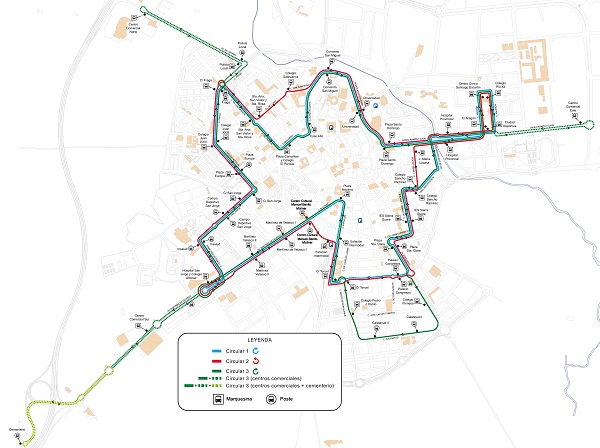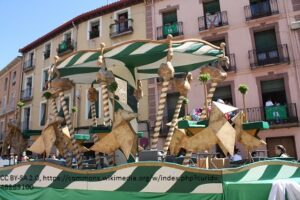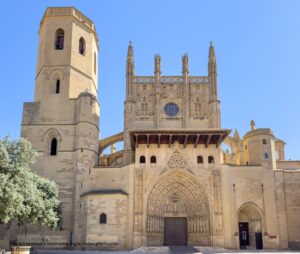Huesca Guide
Getting around Huesca and the surrounding region
Huesca may not have a sprawling metro or tram network like larger Spanish cities, but its public transport is reliable, affordable, and well-suited to the city’s size and pace. For those planning a trip, or considering a longer stay, here’s what you need to know about getting around using public transport in Huesca.
Local City Buses
 The main form of public transport in Huesca is the city bus network, operated by Transportes Urbanos de Huesca (TUHSA). The system is straightforward, with several key routes that link important areas of the city, including the historic centre, shopping zones, residential neighbourhoods, and major public services such as the hospital and railway station.
The main form of public transport in Huesca is the city bus network, operated by Transportes Urbanos de Huesca (TUHSA). The system is straightforward, with several key routes that link important areas of the city, including the historic centre, shopping zones, residential neighbourhoods, and major public services such as the hospital and railway station.
- Operating Hours: Buses generally run from around 7:30 AM to 10:30 PM on weekdays, with reduced services on weekends and public holidays.
- Fares: A single journey typically costs around €1.20, with discounts available for frequent users, students, and pensioners via reloadable travel cards.
- Tickets: You can purchase tickets directly from the driver or use a TUHSA travel card, which can be topped up at various kiosks and authorised points across the city.
Intercity Connections
If you’re looking to travel beyond Huesca, the city’s intercity bus station offers regular services to nearby towns such as Jaca, Barbastro, and Monzón, as well as larger cities including Zaragoza and Lleida. These services are run by various regional operators, and timetables can be found online or at the station itself.
Trains for Longer Journeys
Huesca is connected to Spain’s high-speed rail network via Renfe, with a modern station located just south of the city centre. There are daily AVE (Alta Velocidad Española) trains to Zaragoza and Madrid, making Huesca a convenient base for regional travel.
- Madrid: Approximately 2 hours by AVE.
- Zaragoza: Around 45 minutes.
Renfe also offers regional trains for slower but often more scenic travel through the surrounding countryside.
Cycling and Walking: Viable Alternatives
Given Huesca’s compact size and largely flat terrain, walking and cycling are both pleasant and efficient ways to get around. The city boasts a growing network of cycle lanes, and bicycles can be rented locally at affordable rates. Most streets in the historic centre are pedestrian-friendly, adding to the city’s charm and making exploration easy on foot.
Accessibility and Travel Tips
- Accessibility: Most public transport in Huesca is wheelchair accessible, including low-floor buses and adapted stations.
- Apps and Information: TUHSA and Renfe both offer mobile apps and websites where you can check schedules, plan routes, and buy tickets in advance.
- Language Tip: While basic English is spoken at most tourist-facing establishments, having a few Spanish phrases at hand will make navigating the system smoother.
Related articles

Huesca’s fiestas
Though modest in size, Huesca comes alive throughout the year with a vibrant array of fiestas, where centuries-old customs blend

Typical food and drink to try in Huesca
From comforting stews to delicate pastries, the food and drink of Huesca reflect both the rugged terrain and the refined

Days out from the city of Huesca
Whilst Huesca the city has much to offer, one of the real attractions for some are the opportunities to visit

Top 10 things to do in Huesca
Many people ask “Is Huesca worth visiting?” Whilst it may not be on every traveller’s radar, that’s precisely what makes
